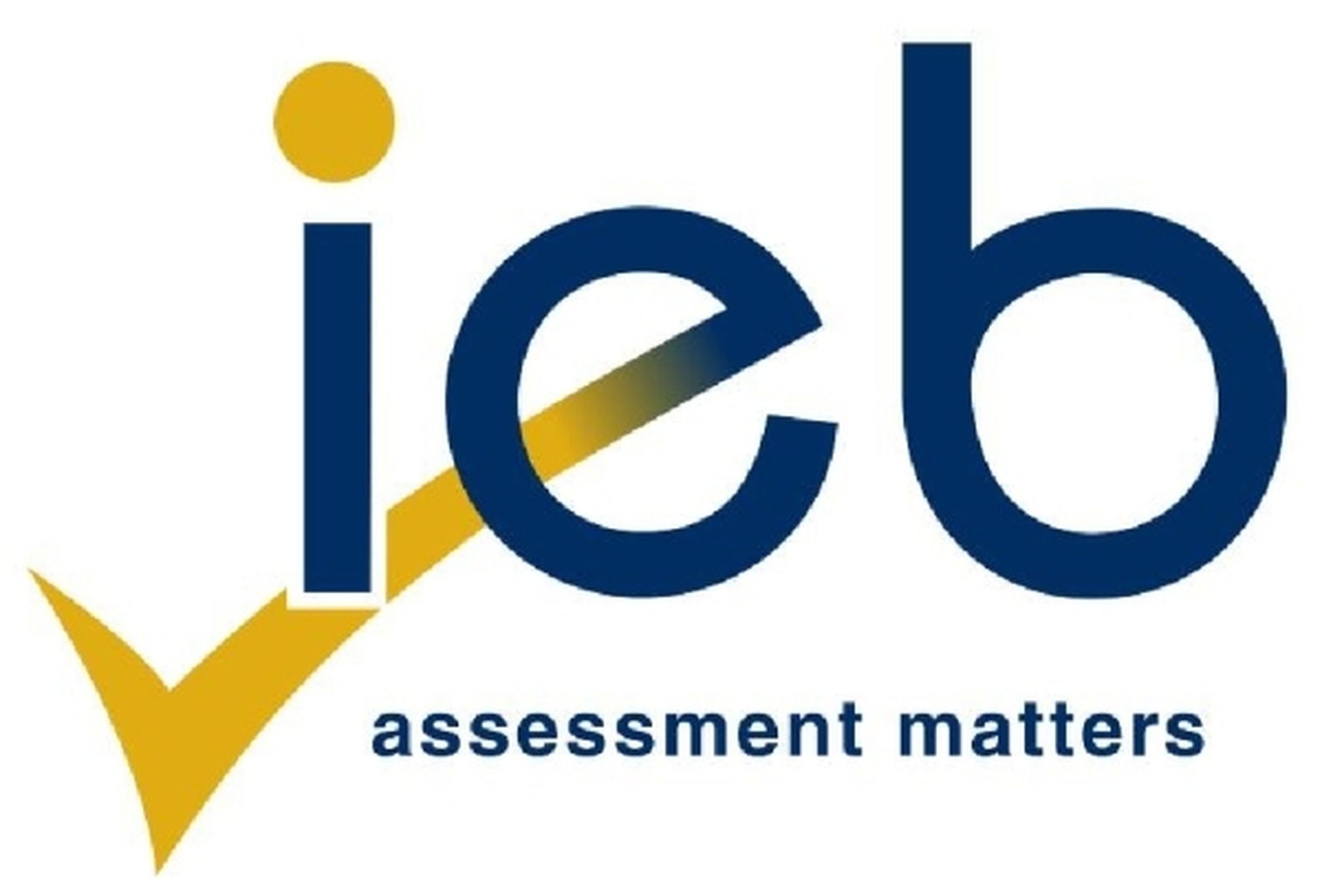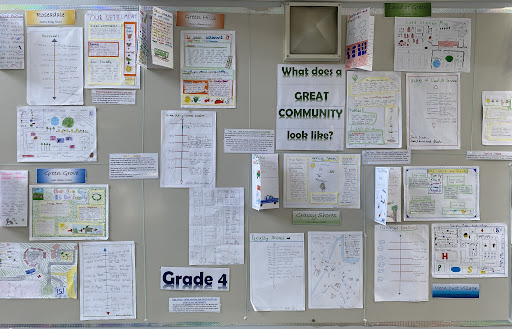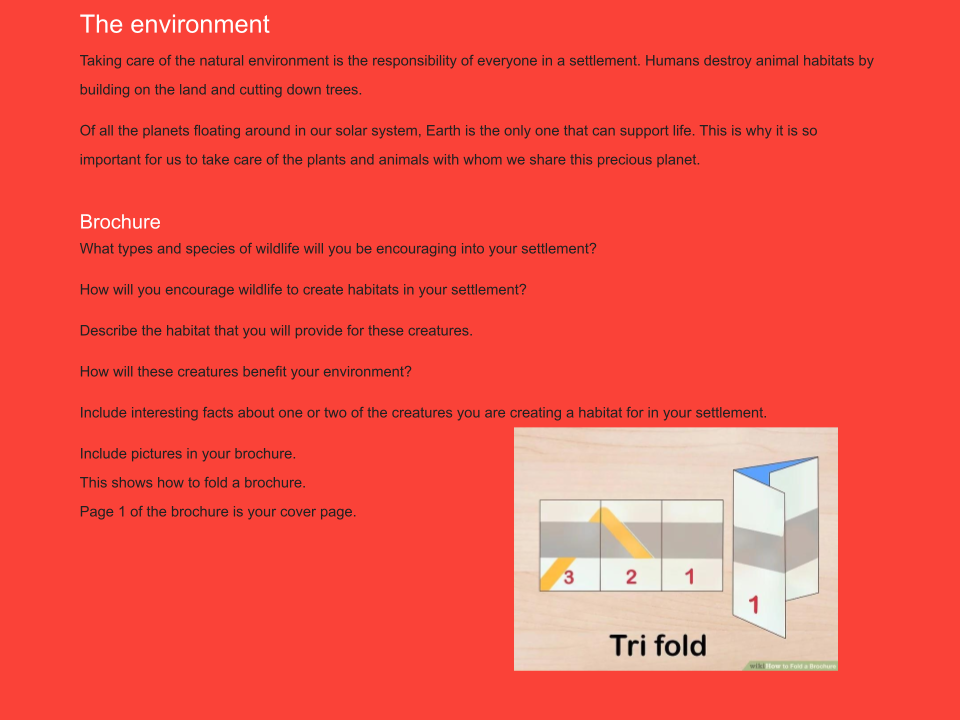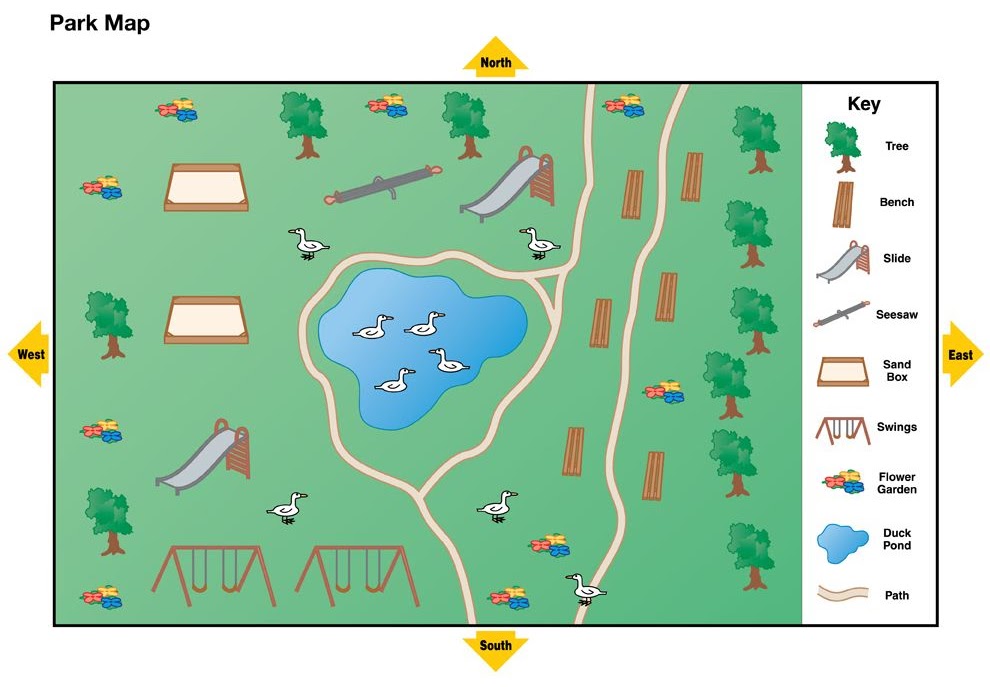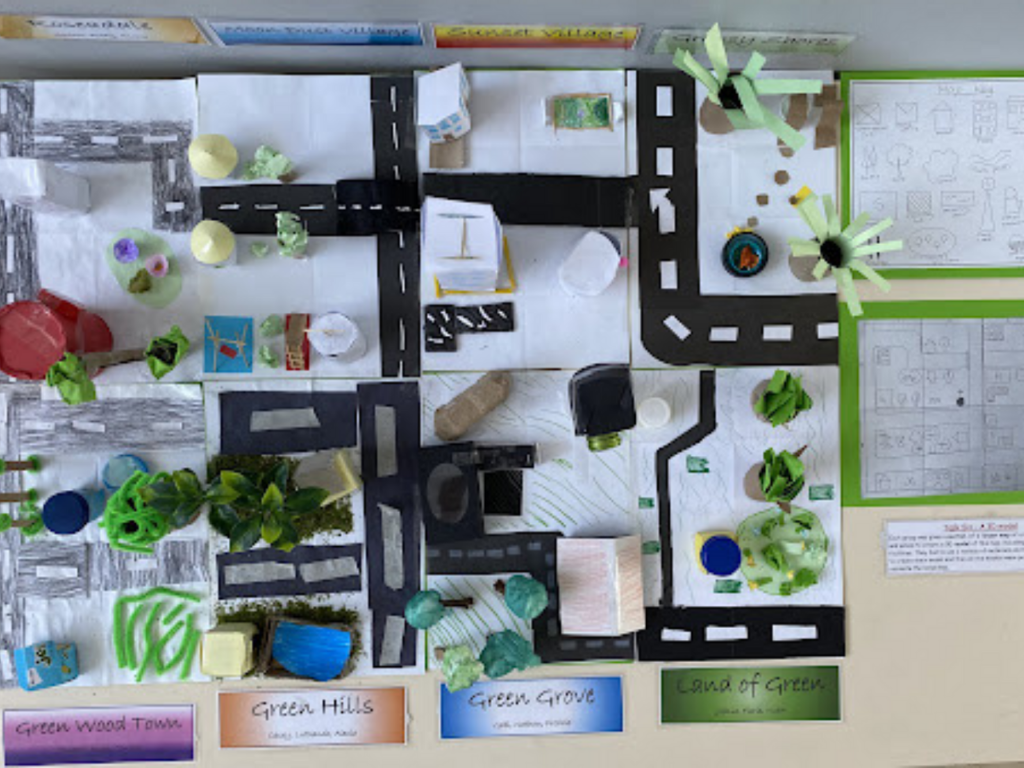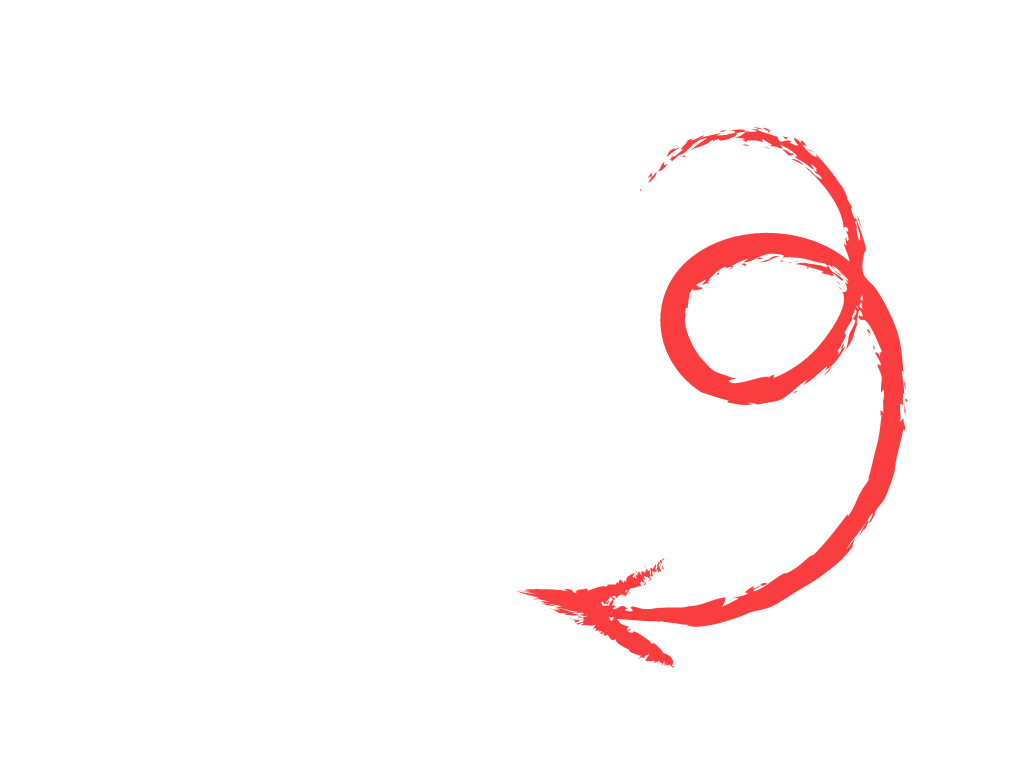I have always known that I wanted to be a teacher. From a very young age I can remember telling people that I would be a teacher one day as teaching is the most rewarding career. To have the privilege to guide and support developing minds is an honour. At the end of every year it always amazes me how far my children have come and how much they have grown and changed.
My goal as a teacher is to instill a passion for learning and ignite minds that wander and ask questions, solving problems in creative and innovative ways.
Cannons Creek has allowed me the freedom to explore and develop my unique teaching styles in an environment of encouragement, guided and supported by our principal and inspired by a team of passionate teachers. I am so grateful for the introduction of Inquiry-Based Learning at Cannons Creek. I love creating learning journeys for my children, making school an exciting and engaging place to be. It has not only made learning fun for the children but the teachers as well. I love watching how engaged and involved the children are when working through their IBL activities.





